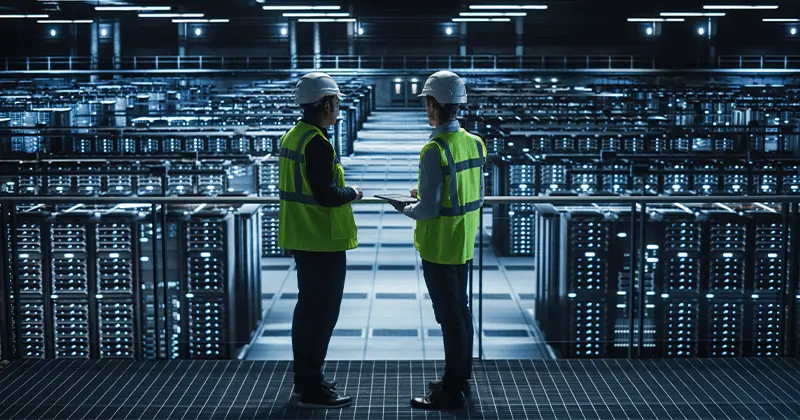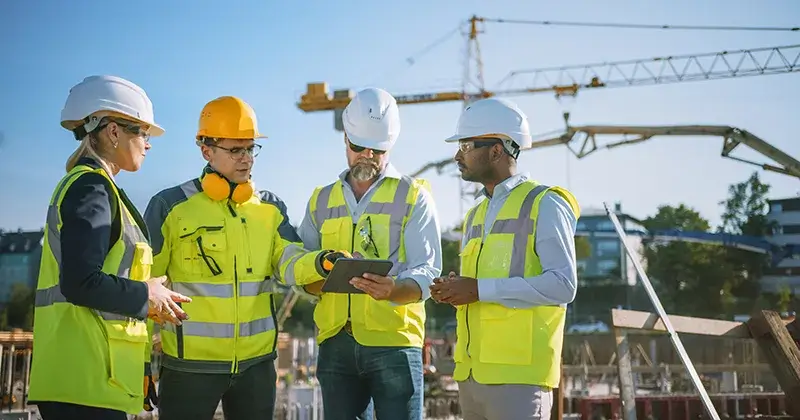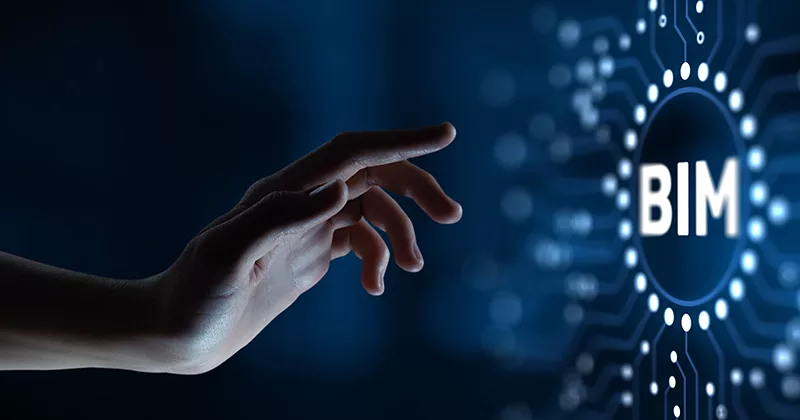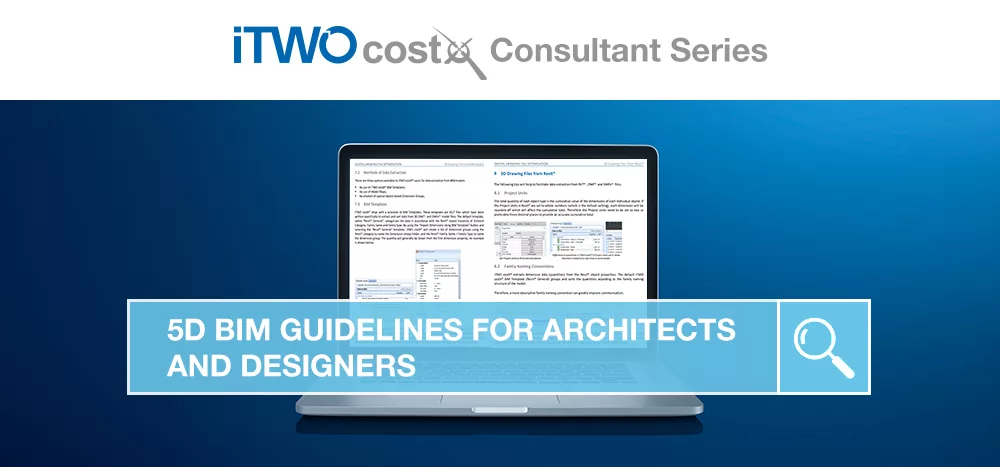15 mins read
From 3D to 6D, BIM Dimensions Explained
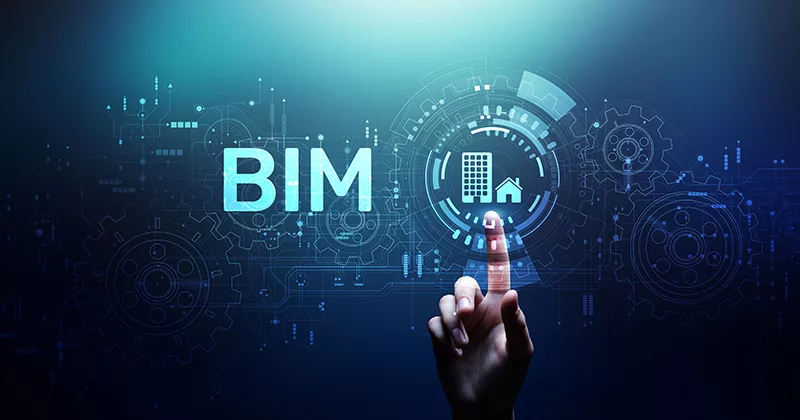
Though the construction and engineering industry is infused with high-tech, when we discuss digital transformation, we are primarily referring to the implementation of BIM – Building Information Modeling – one of the most promising developments in the AEC (architecture, engineering, and construction) industry. With BIM, the boundaries between the physical and virtual sphere are merging and the way we plan, design, construct, and operate building projects is changing.
BIM has long been seen as integral to the future of our industry. This transformative technology has many supporters worldwide, with adopters pointing to improved speed of delivery, efficient collaboration, reduced costs and wastage and long-term insights as key benefits.
A study by McGraw Hill Construction found that 75% of those who adopted BIM reported a positive return on their investment. They also reported shorter project life cycles and savings on paperwork and material costs.
What is BIM?
The concept of BIM has existed since the 1970’s. In the late 1970’s and 1980’s, the first software tools were developed for modeling buildings.
In the BIM Handbook, BIM was defined as “a modeling technology and associated process to produce, communicate, and analyze building models”.
Simply put, BIM is a technology that enables multi-dimensional models of construction and engineering projects in a virtual simulation, before they are constructed in the field. It is based on a common understanding of data content and structure. AEC industry professionals use BIM for efficient management of building projects to gain higher productivity and better outcomes.
The use and evolution of BIM has seen fast-growth, particularly in the last decade. Statista states that construction professionals in the UK using BIM have risen from 13% in 2011 to 73% in 2020.
Over the years, BIM has evolved from simple 3D models to 5D BIM, populating the building model with information from different dimensions. This helps construction teams to access and analyze the impact resulting from major or minute changes in the project.
What is 5D BIM?
When managing and handling large and complex projects, 5D BIM simulation – virtually building the project lifecycle – can be of significant importance in effective communication among project teams.
- 3D model: A classic 3D geometric model enriched with extra data (quantities, furnishings, materials, devices, personnel deployment).
- 4D: The time factor. The 4D model integrates work stages and their duration so that a model-based schedule and process plan can be created.
- 5D: Cost integration. Cost assignment in the 5D model allows integral, model-based cost planning, tendering, and execution.
5D BIM = 3D model + 4D time + 5D cost
When the 3D design of a building project is integrated with “time factor” (4D) and “cost factor” (5D), it’s much easier for project stakeholders to understand what’s being built, how, when, by whom, with what, the cost, and provide quick feedback.
How does 5D BIM support project delivery process?
As a key step in the planning phase, 5D simulation creates a lifelike building process for all stakeholders involved in the planning, execution, and operation phase, enabling them to explore multiple alternatives and prompt comparisons, test complex scenarios, and predict the consequences in cost and schedules. This helps builders make the most informed decisions.
Before the actual construction starts, the sequence of construction activities is simulated to allocate resources optimally and avoid time and space conflicts. Multiple model-based cost scenarios are explored to ensure that the design being considered is within the budget. With a holistic view of the project, it’s much easier to optimize project design and maximize its value.
5D BIM allows construction firms to unlock the true value of their data, subsequently, it makes sense to implement 5D BIM when embarking on their next project delivery journey.
What is 6D BIM?
In 2019, the CO2 emissions of the building and construction industry increased to their highest levels to date, representing 38% of global energy related CO2 emissions. As an industry that employs 7% of the world’s working-age population and 68% of the world’s population will live in urban areas by 2050, stakeholders must take responsibility to reduce emissions and create a sustainable and net-zero future for everyone.
In light of such responsibilities and with BIM playing an increasingly critical role in enabling data-driven decisions and more transparency across the lifecycle, the concept of 6D BIM was born. While some companies envision 7 or even 8 dimensions to BIM, presently RIB Software has developed the concept of ‘6th dimension = sustainability’.
Despite some considering 6D as facility management, there’s no doubt that in this time where sustainability is becoming a global concern, that the manifestation of the 6th dimension as ‘sustainability’ is here to stay.
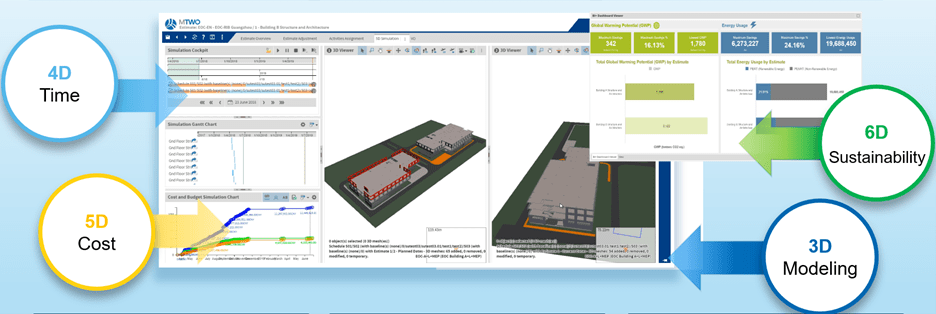
With 6D simulations, the 3D design model is integrated with the schedule (4D), cost (5D), and the carbon factor (6D), allowing stakeholders to compare different design options side by side, optimize the project from every angle, balance cost, schedule and now, the impact of embodied carbon.
For instance, being able to measure the amount of embodied carbon within production materials helps construction project teams to evaluate a project’s overall carbon emissions, then utilize that information to procure low-carbon material alternatives or, in the case of regulators, set embodied carbon limits.
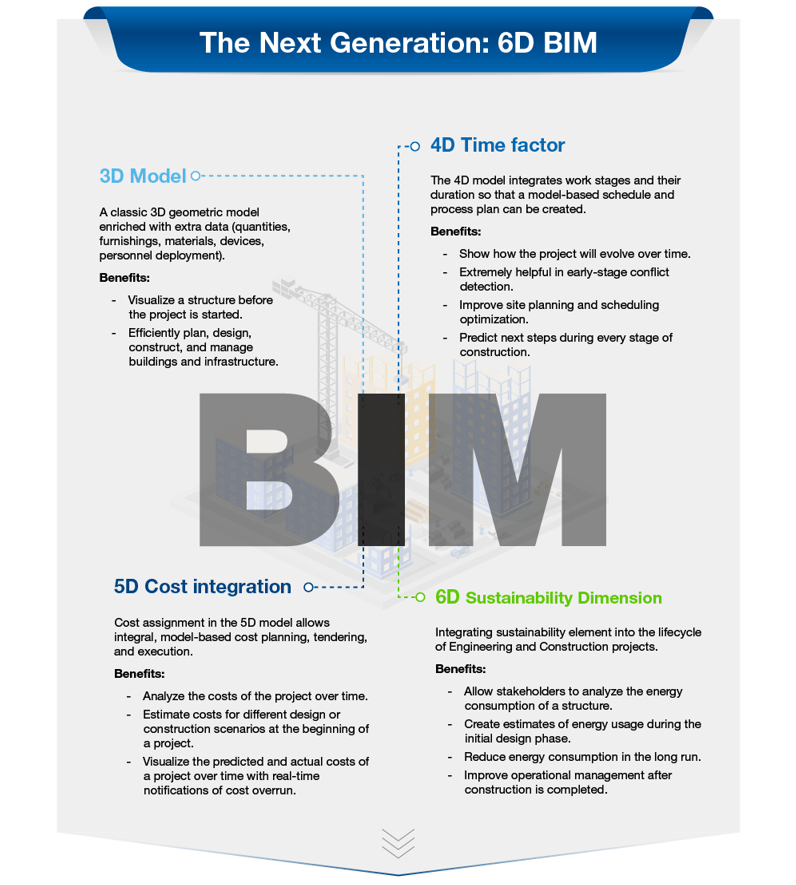
Why do you need 6D BIM?
(1)Gain higher efficiency by
- working in a model-based way with your teams and partners.
- creating added value in compliance with costs and quality for your client.
- optimizing conventional planning for further execution.
- integrating data sources.
(2) Become more sustainability-friendly because
- you can reduce wastage and resources by optimizing planning with 6D.
- you can select green materials with intelligent Business Partner Management and enhanced procurement processes.
- by optimizing your supply chain, you can reduce carbon emissions from the transportation of materials and equipment.
- you are equipped with end-to-end product environmental footprint calculation and qualification.
- you open the door to other future buildings.
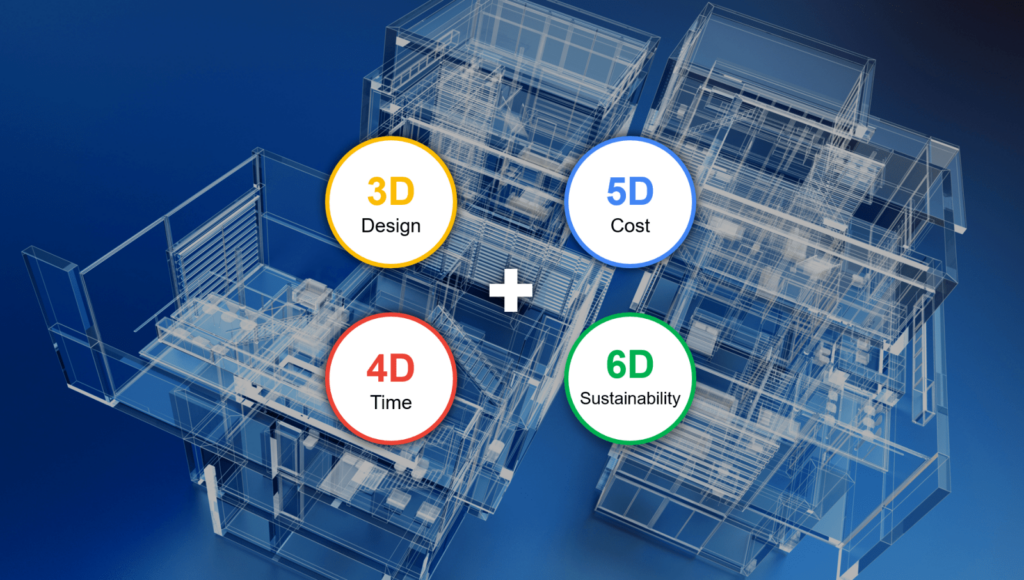
Here at RIB Software, we’re driven by disruptive digital technologies, industry best-practice and trends, and have made it our purpose to propel the industry forward and make engineering and construction more efficient and sustainable. That includes supporting the development and availability of world-leading solutions that empower industry professionals to quantify, measure, report on and compare embodied carbon across the project lifecycle. And we’re not stopping there, in-progress development sees our solutions ultimately enabling better design and procurement decisions factoring in cost, time and carbon in order to mitigate and eliminate embodied carbon used across the life of a building.
Most Recent
15 mins read
25 mins read
15 mins read
19 mins read
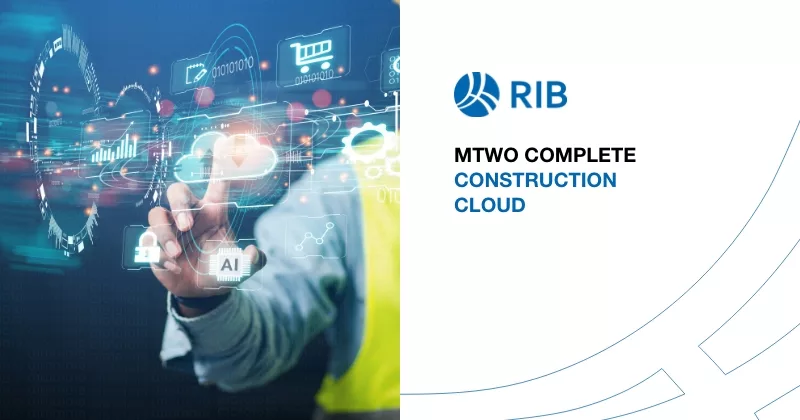
E-BOOK



